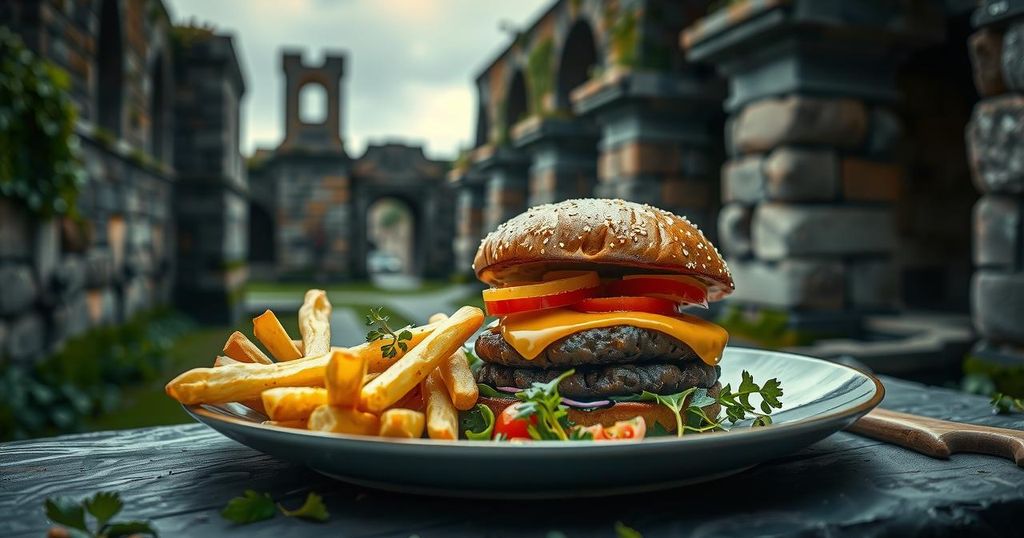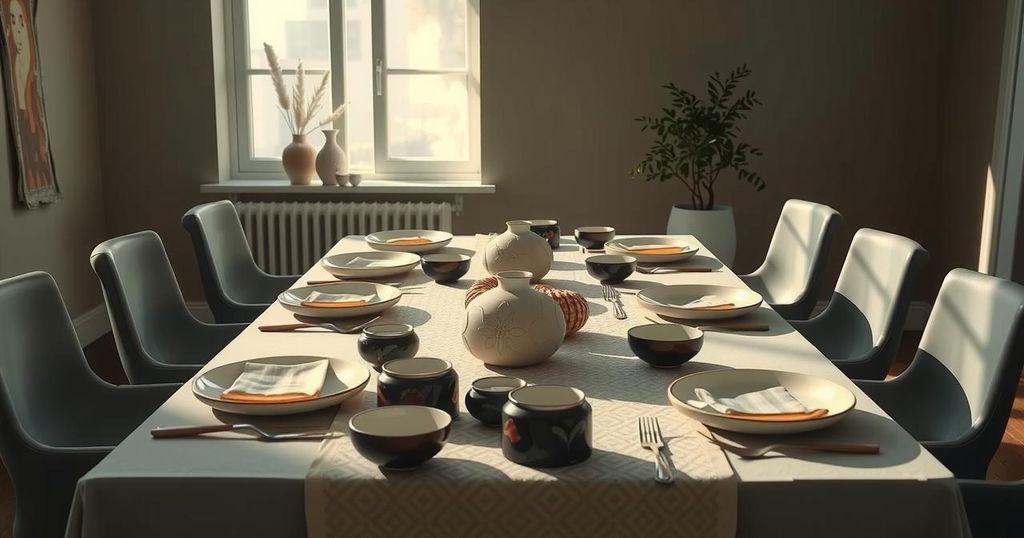In Italy, a unique McDonald’s integrates ancient history within its structure. Located in Frattocchie, about 12 miles southeast of Rome, the site features an archaeological find beneath its flooring: an ancient Roman road discovered during construction in 2014. The fast-food chain centered its design around this historical remnant, investing approximately 300,000 euros for restoration and showcasing a section of the road enclosed in a dedicated gallery, which is reported to be its “first museum-restaurant.”
The Frattocchie McDonald’s is situated in a district once known as Bovillae, historically significant as a religious hub in ancient Rome. It connects to the Appian Way, Europe’s first major highway constructed in 312 BCE, which has become a UNESCO World Heritage site. The excavations revealed a 150-foot-long segment of the ancient road, constructed between the 1st and 2nd centuries BC, which later evolved into a burial site where three male skeletons were found embedded in the stones.
Instead of halting construction, McDonald’s incorporated these archaeological features into its design, allowing visitors to view a glass-encased portion of the road. Guests can see the embedded resin casts of the skeletons while enjoying their meals. The restaurant, designed to cater to modern dining preferences, includes e-kiosks, digital counters, a salad bar, and a McCafe, serving both traditional fast food and Italian specialties.
Unique to this McDonald’s is the walkway made of glass, which allows customers to connect with history as they dine. Visitors not purchasing food can still access the archaeological site through a separate entrance. The restaurant remains operational year-round, welcoming guests from 7 a.m. to 2 a.m. local time, offering a blend of contemporary dining and a tangible link to Italy’s ancient past.
The Frattocchie McDonald’s exemplifies a successful integration of modern fast food with historical preservation. By investing in the restoration of an ancient Roman road, the restaurant creates a unique cultural experience for visitors. This project not only highlights Italy’s cultural heritage but also establishes a model for public-private partnership in heritage reclamation. The presence of historical artifacts within a modern dining environment offers both historical significance and an engaging experience for customers.




